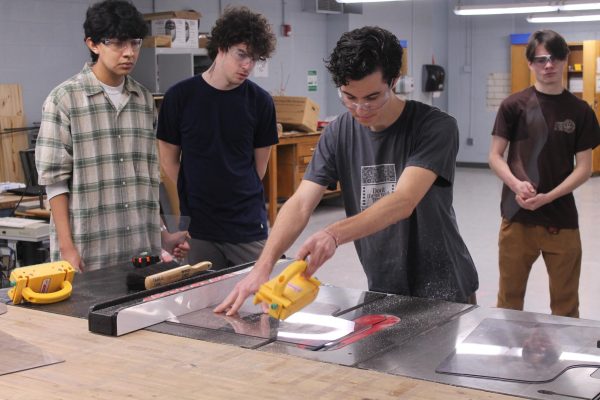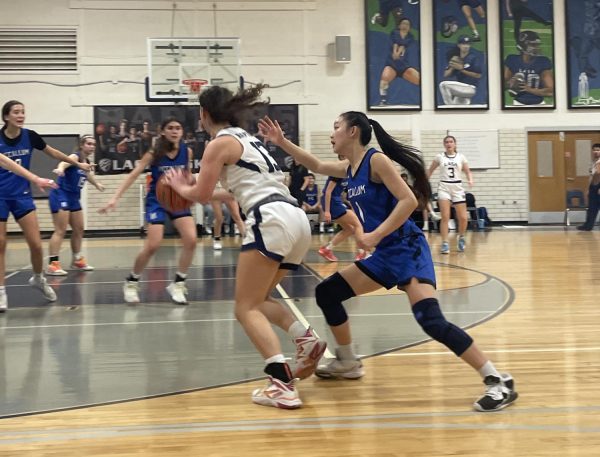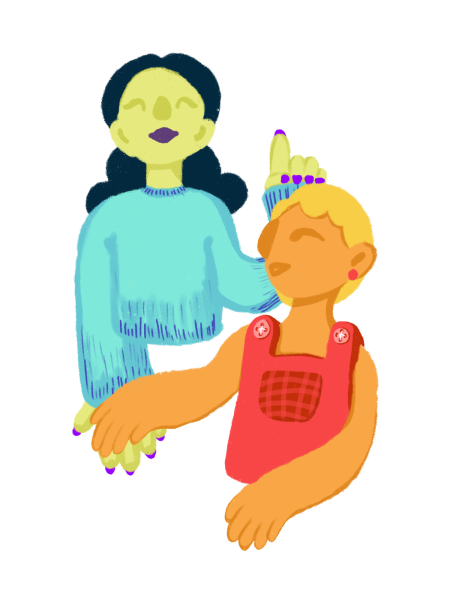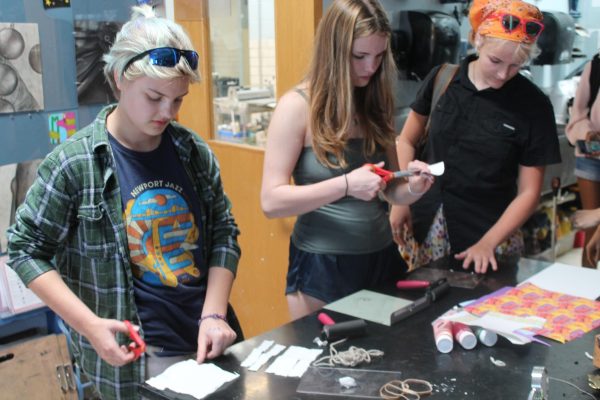On the Green in Austin
November 16, 2020
Many Austinites pride themselves on Austin’s greenspaces like Zilker Park and Barton Springs. These parks see millions of people every year, however, there is more to them than meets the eye.
Before 1917, the entirety of areas now known as Barton Springs, the Barton Creek Greenbelt and Zilker Metropolitan park were privately owned by a man named Andrew Zilker. In 1917, he decided to donate all of the land to the City of Austin for public use, on the condition that part of the money he received would be used to fund shops and home economics classes in local schools. Now, these areas attract over 1.3 million people every year, and many of Austin’s biggest events are held on Zilker Park’s grounds. Some of these events include the music festival Austin City Limits (ACL), the Zilker Summer Musical, Blues on the Green and the Trail of Lights, among other events. However, Zilker Park isn’t just grassy fields. Allison Watkins, the Chief Strategy Officer of Austin Parks Foundation, said that many people don’t even realize how large and diverse Zilker Park really is.
“It includes the Botanical Gardens and the Nature and Science Center and the Hillside Theatre and the Class Recreation Center and the pool and the greenbelt,” Watkins said. “It’s kind of like our own Central Park.”
However large Zilker Park may be, it is not the only park there is in Austin. The Austin Parks and Recreation Department is responsible for nearly 300 additional public greenspaces, from small neighborhood playgrounds to freshwater-fed pools.
“I think everybody in Austin has that spot that they have grown up going to or, if they’re new to the town, a space that they find that they go to all the time,” Watkins said.
However, not everyone has access to these green spaces. A nonprofit organization called The Trust for Public Land annually ranks the 100 most populous cities in the United States by how they take care of their green spaces and how much access people have to those green spaces. In 2019, Austin only ranked 43rd out of 100.
“As much pride and as much care that we say that we have around our parks and pools and trails, Austin doesn’t rank very high,” Watkins said.
On that same study, it was seen that half of Austinites were not within a 10-minute walk to a public green space. To help bring more public land to Austin, the new Long-Range Plan by the Parks and Recreation Department is focusing on land acquisition to provide every Austinite with green space within a 10-minute walk.
“Half the people in Austin have access to green space, and half the people don’t,” Watkins said. “It doesn’t really matter what age you are or what race you are or what economic level you are. So there’s disparity all over the city in terms of not having access to green space.”
Rachel Matvy, the Public Information Specialist Senior at the Austin Parks and Recreation Department, said that greenspaces give Austinites the ability to improve physical and mental health and connect with their community.
“The green spaces within parks provide a multitude of health benefits for individuals,” Matvy said, “and a growing body of research suggests that unstructured nature play in green spaces is essential for the healthy development of children.”
Park Ranger Program Manager LeeAnn Ishcomer also agrees that having access to a park is beneficial for people’s health. She said the parks and being in nature have a regenerative effect on people.
“There have been studies that show that being out in the parks increases brain function, it increases empathy and social skills,” Ishcomer said. “Essentially, it makes people smarter, stronger, faster, and that’s a wonderful thing to know.”
Not only are the parks beneficial to people, Matvy said that having green spaces in a neighborhood is also beneficial to the community.
“Perhaps less recognized are the powerful benefits of parks at the community level,” Matvy said. “Parks are associated with safer neighborhoods, decreased crime rate, more close-knit communities and increased property values.”
The Austin Parks Foundation with the Parks and Recreation Department has a program called Adopt-A-Park. Groups can choose a park they care about and “adopt” it, taking charge of park clean-ups and developments that may affect the park.
“The ownership and the drive to want to make our parks better really come from neighborhoods and communities,” Watkins said, “[It] is super unique and really, really cool that we have neighbors all across this city that want to see their parks improved and that they take initiative to make that happen.
It’s not just the responsibility of certain groups who have adopted a park to make sure greenspaces stay green. Ishcomer said that it is everyone’s responsibility to make sure the parks stay clean by practicing Leave No Trace (LNT).
“I think it’s so important for people to understand their own impact,” Ishcomer said. “I think that it’s something that we’re actively working towards; we partnered with the Leave No Trace Center for Outdoor Ethics in 2011, and all the park rangers are trained as Leave No Trace trainers.”
There are many park ranger programs in place in Austin that teach people the principles of LNT, like what you pack in, you pack out, and how to be safe in the parks. Ishcomer said many programs are specifically geared to teach people how to interact with nature in a sustainable and ethical way.
“Our programs are really pointed towards inspiring stewardship behavior,” Ishcomer said. “We have a lot of problem usages here in Austin, and our programs are the sort of proactive way that we deal with it, and our operations are the more reactive way.”
Ishcomer said that it is important that people do enjoy nature and do have fun in the parks but remember how their use of the park can impact the park and the other people that come to enjoy it. She said that Austinites need to learn how to strike that balance.
“I really like to have fun myself, but I know that I have to be cognizant of how my actions impact others,” Ishcomer said. “I want folks to recreate responsibly.”






